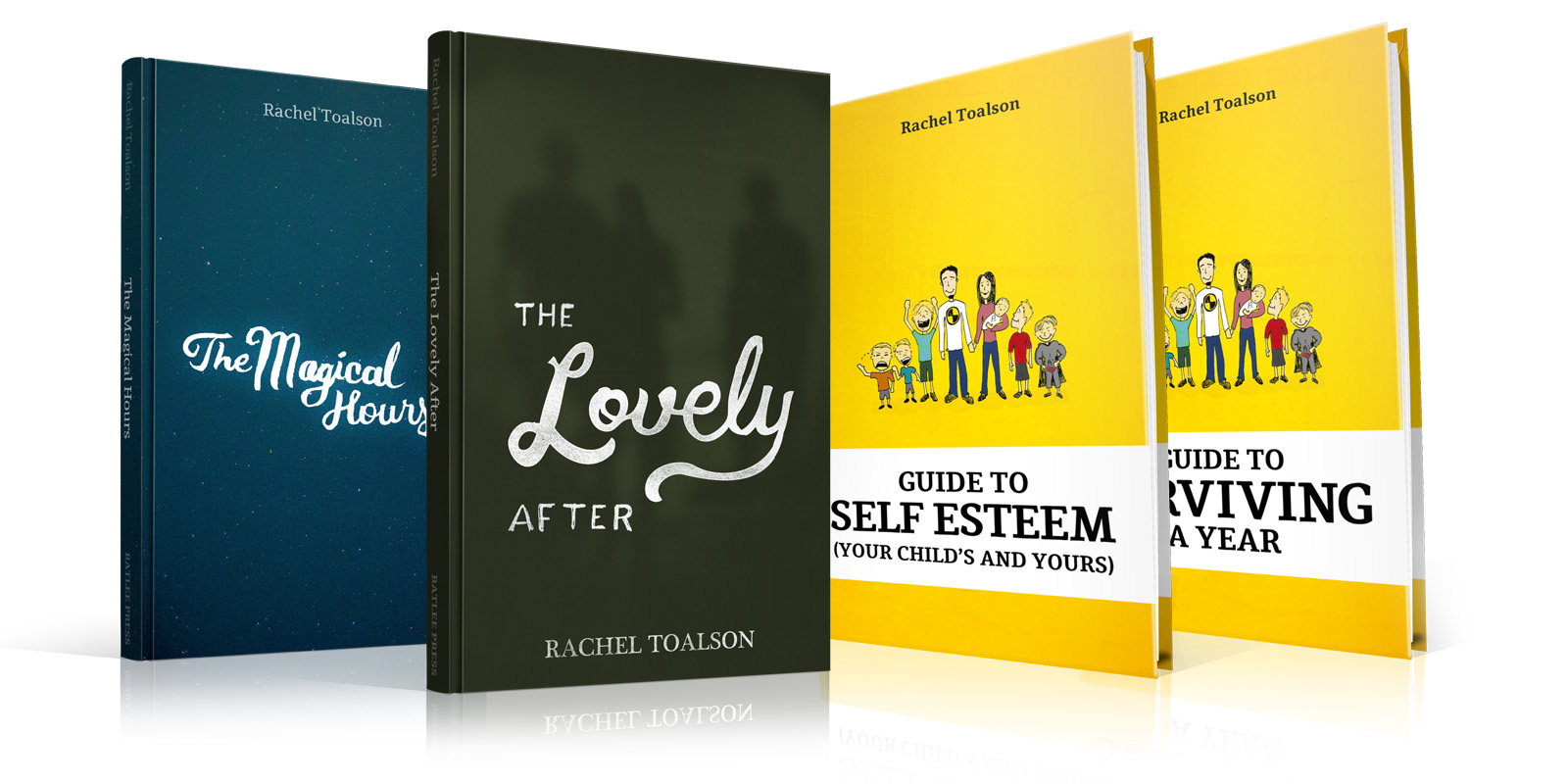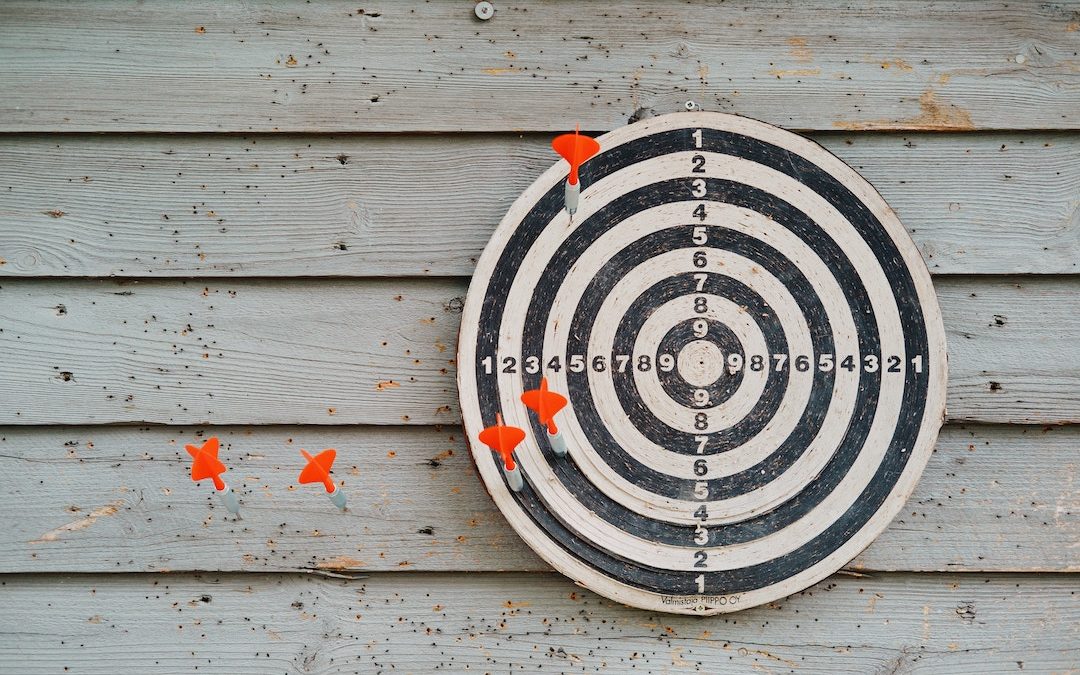
by Rachel Toalson | This Writer Life
The first year I ran track in middle school, I remember my coach telling us, “Running is about 90 percent mental.” I remember thinking, That’s ridiculous. I’m not running with my mind, I’m running with my body. And my body is too tired for this.
And as soon as I thought that, my body was too tired for it.
Which proved her point (but it would take me many more years to concede that).
The same is true for writing. I’m not sure about the 90 percent when it pertains to running, but it’s definitely true for writing, which is all done with the brain and needs positive, clear, excited brains to actually get started on any kind of project.
Just like when I head out the door for a run thinking, This is hard and awful and the run turns out to be hard and awful, if I start my writing session thinking, This is not gonna be good, it probably won’t be good. Our thoughts and attitudes make a huge difference in this career.
The mental game of writing is not an easy one to master. Thoughts break in during the middle of a writing session: Oh, this is so bad. No one’s gonna want to read it. I don’t want to read it, even. I should just trash the whole thing. This was a terrible idea anyway.
It didn’t take me nearly enough time to write that paragraph, because I’m intimately familiar with these intrusive thoughts. They plague me.
Peace Pilgrim, an American teacher, once said, “If you realized how powerful your thoughts are, you’d never think a negative thought.” But it’s not quite as simple as never thinking a negative thought again, is it? Because our minds sometimes have minds of their own.
So how can we better play the mental game of writing?
Here are some suggestions.
1. Do the work.
The more you practice, the better you get and the more you can talk back to those voices.
Most skills and talents don’t improve beyond any small measure we may have been born with if we’re not willing to practice. Practice develops expertise and competence. And as we develop expertise and competence, we also practice taking on the mental game of writing, facing all those voices that seek to stop us, pushing through their resistance, and building our perseverance. All of that practice is worthwhile.
But we also have to practice strategically. If we practice mistakes, we’ll get better at mistakes. When I played clarinet in high school and college, I had a rigorous practice routine. I’d spend between 90 minutes and two hours practicing to a metronome. I’d first warm up on every scale, including the chromatic, from memory. Then I’d start with the problem areas, slowing things down until I played the problem area perfectly, then speeding it up and moving on only when I felt comfortable with my competence playing the passage.
I take this same meticulous approach to my writing. I identify my weaknesses, study, play around with no-pressure compositions that challenge my weaknesses and work on strengthening them. It’s a grueling process, but it’s a good boost to the confidence when a part of writing that used to feel so hard doesn’t feel all that hard anymore.
2. Practice turning a negative phrase into a positive one.
Let’s say you sit down to write and your brain immediately says, You can’t do this. Talk back. Say, I can do this. And I will. If your brain says, What’s the point? No one will read it. No one cares. Say, Someone will read it. Someone will care. And the point is also that I love this and someone needs my story. If your brain tells you, This is crap, tell it, It may be crap now, but revision is where crap turns into brilliant.
If it’s too hard to do this mentally, take out a sheet of paper. If your brain throws you a negative thought while you’re writing on your project, use your sheet of paper to record the negative thought (even if it breaks your flow for a second or two). Underneath it, write the opposite of what the voice is saying (preferably in larger, bolder letters. Put that voice in its place.). Do this for every negative thought your brain supplies. And then put your paper on a bulletin board or wall where you can see it every time you write.
Negative thoughts get quieter when you take away their power.
3. Remember every writer faces resistance.
You’re not the first and you won’t be the last. No award, no bestseller status, no three-book deal will eliminate the mental game you’ll have to conquer (nearly) every time you sit down to write. We never feel 100 percent competent. We all deal with imposter syndrome, however many books we’ve written or how long we’ve been doing this. That’s either a source of comfort or a source of despair. I hope it’s the former.
Our thoughts can be powerful. But we don’t have to let the negative ones have the final say.
Have a wondrous month of talking back.
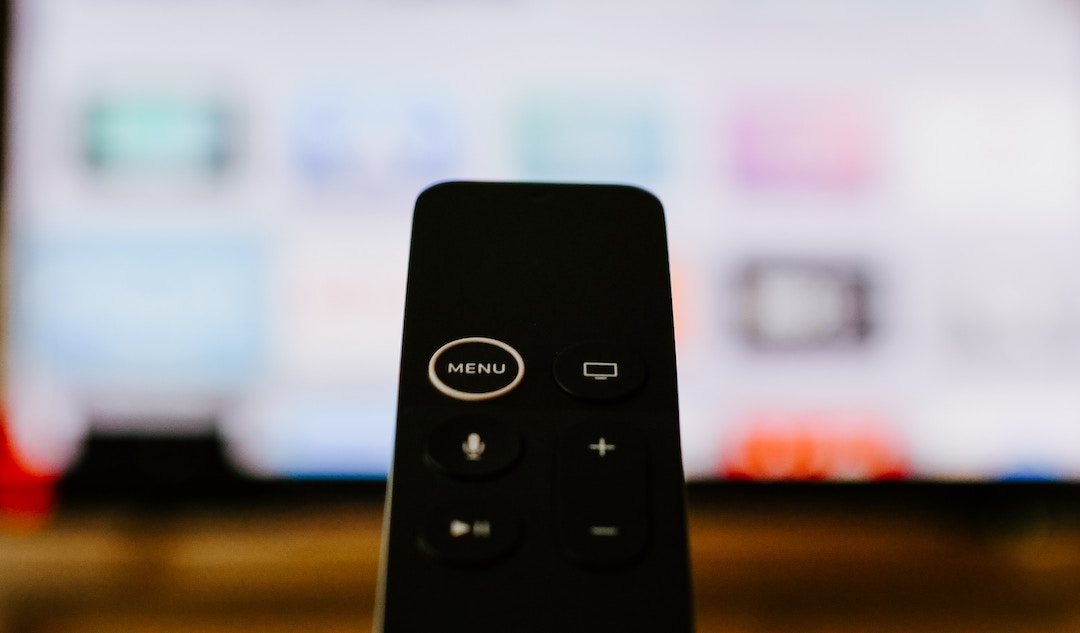
by Rachel Toalson | Books
Here are 5 things worth sharing this month:
1. Reading: “Its heart was heavier with the weight of the young worker’s words. But should a heart not be heavy, in a world full of injustice?” I just finished Sacha Lamb’s brilliant YA book, When the Angels Left the Old Country, and my gosh was it good. It won the Stonewall Book Award, the Sydney Taylor Award and was a Michael L. Printz honor book, and I can definitely see why. It’s about an angel and a demon who leave the “Old Country” to come to America and help address social injustice for Jewish people. This is Lamb’s first book; I can’t wait to see what comes next.
2. Reading: “I wonder what it’s like to be with someone who can love you through your rage.” I guess I’ve been on a YA kick, because I also finished All My Rage, by Sabaa Tahir and loved it as well. This book won the National Book Award and the Printz Award for Excellence in Young Adult Literature. It’s a love story about family and forgiveness. Don’t miss it!
3. Watching: Looking for a funny, quirky, entertaining, bingeable dramedy? Check out The Great, on Hulu. It’s loosely based on Catherine the Great, German queen of Russia. It stars Elle Fanning, Nicholas Hoult, and Phoebe Fox, along with many others. Warning: It can get a bit raunchy at times. But it’ll make you laugh out loud.
4. Reading: I also just finished The Body Keeps the Score: Brain, Mind, and Body in the Healing of Trauma, by Bessel A. Van der Kolk. It’s a long and in-depth book about trauma and effective methods of healing. Highly informative and enlightening, it also gave me a little hope for my own persistent trauma. I will acknowledge that in 2018 Van der Kolk was fired from the Trauma Center, where he did his research work, over allegations that he bullied employees. Nothing has been proven, but it’s worth acknowledging. I don’t think it detracts from this book and the research findings presented in it.
5. Watching: My kids and I just finished Season 1 of Netflix’s Down to Earth with Zac Effron. It’s a docuseries that follows Effron and a partner to different places in the world to learn how climate change is affecting other cultures and what innovative techniques people have developed to address climate change as well as social injustice. I absolutely loved this series. My kids and I have already begun on a more eco-friendly plan for our family. We’ve been on this journey for years now, but this show lit another fire under us. This year we’re tackling plastic—no more plastic! Maybe I’ll write about our continued and more fervent journey. 🙂

by Rachel Toalson | Wing Chair Musings
We’ve reached that time of the summer where my kids are at each other’s throats, everyone is growing tired of the family togetherness, and the oppressive heat of Texas is wearing our patience thin.
And my emotional wellbeing begins to slip.
I call this time the “summertime sadness.”
It’s more than just the title of a Lana del Rey song, though. For those of us who wrestle with Major Depressive Disorder, seasons of sadness are a real thing. Summertime is one of those seasons for me.
Knowing this about myself, I took what precautions I could. Even though my latest book released at the beginning of the summer, I made sure I scheduled some renewal time between my in-person events, for rest and reflection and time spent with the people I love. I scheduled more therapy sessions. I doubled up on my journaling practice.
And yet, depression still found me.
It’s a persistent illness that frequently reminds me I can take all the necessary precautions, structure everything just so, prepare myself for its eventual visitation and even still it will surprise me.
This time it snuck up on me while I laughed and played some improv games with my kids. One minute we were playing “Alphabet,” the next a pain gripped my chest and (metaphorically) shook me.
This won’t last forever, it said. Time is running out. Have you done enough?
That little standoff with time was all it took to send me spiraling into a whirlpool of questions.
Why do you work so hard? What’s it all for? What have you really done, besides waste time you could have spent watching your kids grow up? Who cares about your stories, really? What about your kids?
I’m well acquainted with these questions. They plague me at the most inconvenient of times. It’s one of the results of living as an ambitious woman in a still-patriarchal society, growing up and coming of age in a religion that calls me a helper, not a leader.
So in some ways, I expect the questions, usually around the time I feel depression creeping in. It’s unclear why it happens…maybe I’m too exhausted to put my guard up and combat the messages I’ve internalized. It’s exhausting being a woman.
What I didn’t expect was for the questions to turn into definitive statements that bludgeoned me every single time I opened up my notebook to write.
You’re wasting your time. No one cares what you have to say. You’re sacrificing your kids for stories no one reads, books that don’t matter. You’re selfish. Get a life. Do yourself a favor and quit. You only have one life, and it’s flying by.
On and on and on it went.
I could scarcely write a thing.
Maybe I need a break, I thought. I took a week off. I read and watched movies with my kids and baked two treats with two kids instead of one.
The summertime sadness was worse than ever. The voices came back louder and crueler. They called me names. They repeated all those definitive statements I’d already heard. They added more.
Mordechai Anielewicz, a Polish activist, once said, “The most difficult struggle of all is the one within ourselves.” I’ve found that to be true in my own life.
Our struggles show themselves in depression and anxiety and OCD and a negative and critical inner voice and in so many other ways. They’re heavy. They can weigh us down. It’s hard to crawl, let alone walk, when we’re carrying so much on our shoulders—not just our own mental health struggles but also the burdens of our children, our partners, our friends, our family, the world. How does anyone escape the summertime sadness?
For some of us it’s different. It’s not a sadness, per se. The struggle within ourselves looks like lack of focus or lost hope or saying yes to too many things or forgetting to treat our enemies with love and respect or losing belief in ourselves or failing at work/life balance. Maybe we all struggle with all those things. At any time in our lives we’re faced with any number of internal struggles. And usually, just when we sort of figure one out another comes knocking.
We face so much internal resistance. It’s a wonder we manage to do anything worthwhile.
Sometimes we just have to embrace the struggle. Know it will pass. Have faith that we will come out on the other side not only still standing but standing a teeny little bit stronger.
I’ve begun listening to the arguments in my house, and instead of immediately sighing and thinking, I really can’t take this anymore, I think, They’re learning to express themselves, and I get to teach them how to resolve conflict respectfully. The family togetherness may feel stifling at times, but it’s a chance to connect in small ways, and we’re all learning what we need and what we can handle. I’ve begun accepting the triple-digit heat, instead of wishing it away.
And as for the critical voice, well, she’s not quite as loud when I argue with her.
No one needs your stories, she says.
I do, I say.
And I try to remember that someone else put that negative, critical voice inside me—and it’s the constant work of therapy that will extract it.
The most difficult struggle we have is within ourselves: the internal battle to be who we are. To do what we were made to do. Or maybe simply to survive the summertime sadness.
We’re living a story; what kind of story do we want it to be? I know my answer to the question.
Have a victorious month of slaying your internal struggles.
Things that can help when we’re internally struggling:
1. Assess
Journaling can be a great way to assess our internal voices and track down their origins and search for some perspective. But if you’re not a journaler, try some other form of assessment—taking out a blank sheet of paper and listing all the negative voices you hear and tracing them down a timeline or connecting them to the people (or situations) you remember hurting you in real life.
Sometimes we pick up negative voices not because someone actually said them to us but because a situation or person made us feel a certain way—accidentally or purposefully. It’s worthwhile to find those places and write a different story.
2. Talk to someone
Having someone to talk to who can challenge you on those negative voices can be supremely helpful. It could be a partner, a trusted friend, a group of friends, a therapist. Everybody struggles with negative voices and imposter syndrome—and chances are, if you share about your struggles, someone else will have been there and can listen with an empathetic ear or walk you through it, if that’s what you need. Don’t underestimate the value of relationships to get you back on track.
3. Take some time off
We overlook this piece often—because we don’t want negative voices to win. And it feels like taking time off is letting them win.
But it’s not. I’ve found in my own life that my negative voices get loudest when I’m tired and I’ve been working maybe a little too hard and I haven’t had enough connection or restoration time. When I’m most in need of a break. It makes sense, doesn’t it? We can’t fight the “internal bad guys” when we’re tired or distracted or trying to hold a plate that’s way too full.
Set some things down. Put your feet up. Read a book. Watch a show or documentary. Call your sister. Take a walk and get out in nature. Listen to music. Dance. You’re not running away from the voices, you’re dismissing them—and having fun while you’re at it.
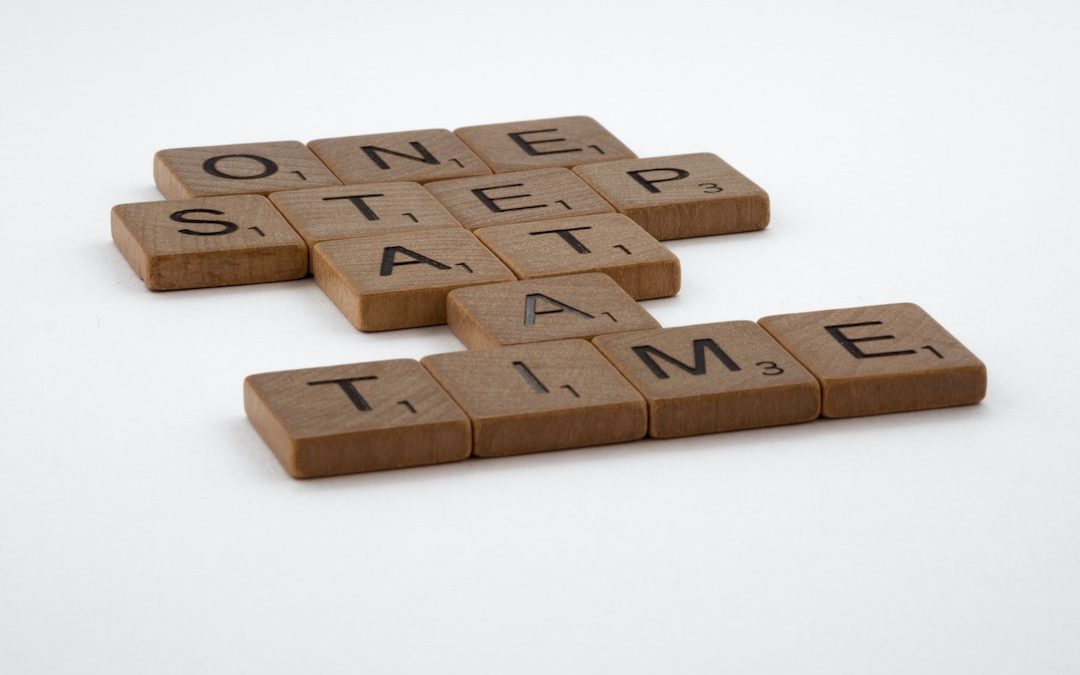
by Rachel Toalson | This Writer Life
There’s a myth out there that says the longer you write the better you get at it.
Okay, that’s not a myth. Practice makes progress, after all. But where the myth shows its face is in the belief that as you get better at writing, it also gets easier.
Uh…I’m sorry if I have to burst some hope-filled bubbles here (and I’ll try to give you new hope-filled bubbles by the end of this), but writing does not get easier with practice.
I mean, in some instances it does. I now have sort-of a process for getting a first draft written and revising it endlessly and perfecting it even longer—it’s not all just loose ends flapping in the wind. So I suppose that’s gotten easier. But what hasn’t gotten any easier is getting started. Or dragging myself through the middle—although I have gotten better at them…it’s just that by the time you get to the middle of a project your excitement for the newness of it has worn off and you’re not yet excited for the end because you still have so…far…to go.
What I’m trying to say is the mechanics of writing get a little easier the longer we’ve been writing. But the thing that gets in all our ways—the headspace of writing—doesn’t necessarily get much easier.
Unless…
You know I wouldn’t leave you with something as hopeless as it never gets any easier, didn’t you?
The truth is, our heads get used to the constant persistence after a while. We feel that initial little oh, wow, this is a big commitment, I don’t have the time, and we know we’ve done it before. We’ve found the time. We hear those voices that say, Well, this idea is crap and no one will ever want to read it, but we also know we’ve taken a crap idea to a brilliant idea before, so it stands to reason we can do it again.
We’re faced with a blank page and that little surge of panic that accompanies the thought, I don’t know what to write, and we remember what Frank Choi, a Korean American poet, said: “Just start a sentence and hope brilliance will strike.”
And we get started, like we did last time.
We just start a brainstorm and hope brilliance will strike. We just start a sentence and hope brilliance will strike. We just start a revision and hope brilliance will strike.
And brilliance usually does, eventually, if we’ve put in the work and the time.
Here are some ways we can help brilliance along:
1. Write the first draft by hand.
I know it’s a radical ask. We live in the golden age of technology! Why would we write an entire book by hand?! It takes so much longer!
Sometimes that’s the point. When we fly through scenes, we sometimes don’t get everything out of them that we may have gotten if we’d slowed down a little. Maybe there’s a significant look one character gave another that meant something ominous. Maybe there’s a vital line of dialogue we missed in our hurry to get all the words typed into the document. Maybe we’re missing an entire point in our essay because we haven’t slowed down enough to let it marinate.
And besides that, scientific research indicates that we use a different part of our creative brain when we write by hand. So if you write the first draft by hand and subsequent drafts by computer, you’re using your whole brain. How cool is that?
So grab a notebook and start writing. And if you don’t want to write an entire book by hand, try just the first chapter.
2. Put your composition away for a while.
When you’ve finished a draft of whatever you’re writing, I always recommend putting the story aside for a while before picking it back up. Time and distance allow our brains to approach stories with fresh ideas, and we can more clearly see problem areas and places that need fixing.
How long should you put it away? Well, that depends on your preference. My first drafts often get put away for three or four months before I dust them back off. And hopefully in that time I’ve not only grown as a writer but also as a person, and I can make vast improvements to the story.
Later drafts (drafts 2-6 or so) get put away for between two weeks and a month. Fresh eyes are valuable.
3. Remember you’ve been here before.
The longer you practice writing and the more stories and compositions you complete from start to finish, the more likely you can remind yourself, at any step of the process, that you’ve been here before and you’ve written your way out. The exciting beginning, the not-so-thrilling middle (I know I’ve been dumping on the middles, but truthfully the more middles I write the fonder I get of them), the I’m-not-sure-how-to-end-this…you’ve been in all these places before. Which means you can confidently and expertly (maybe) see yourself through them again.
Writing comes with all kinds of resistance. But the more practice we get putting words on a page and pushing through the resistance that’s bound to come, the better at it we get. And…dare I say it? The easier it all gets.
Not easy. Just easier. Marginally.
But we don’t do it because it’s easy, do we? We do it because we love it.
Have a fantastic month of starting and finishing sentences—hopefully brilliantly.
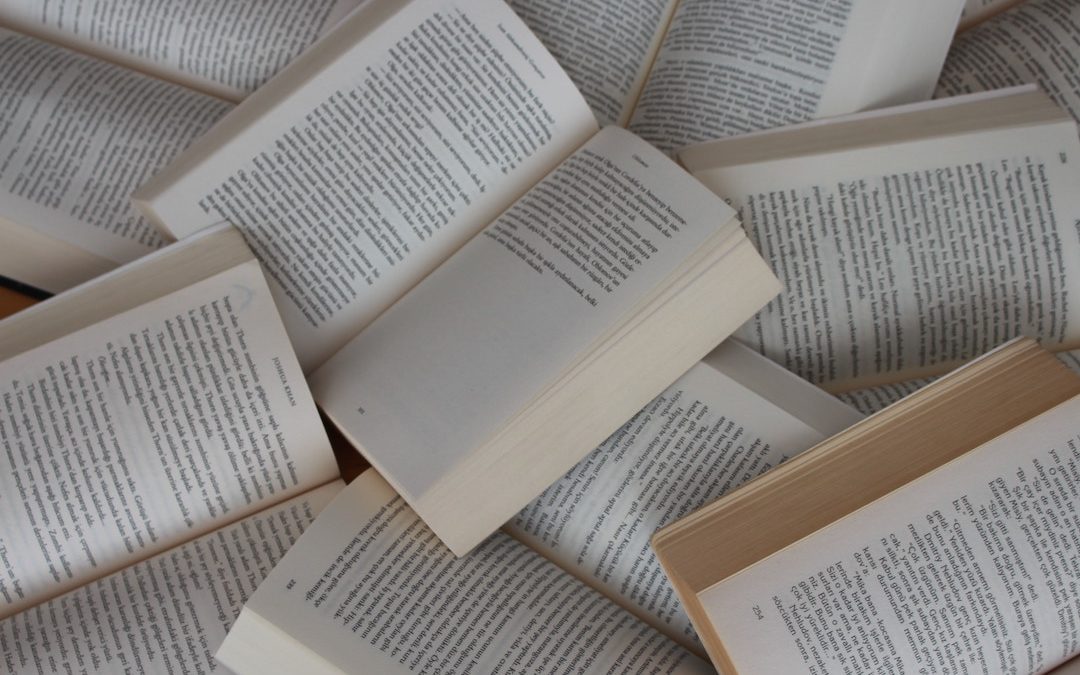
by Rachel Toalson | Books
Here are 6 things worth sharing this month:
1. Reading/readers: Have you met Afoma of Reading Middle Grade? Her site is a wealth of information about middle grade and YA books and includes author interviews and blogs on various subjects. I’ve used her middle grade lists to find all the best reads, so be sure to check her out if you have young readers in your life or you love reading children’s literature (like me). She’s also on Instagram and has a fantastic Facebook group that gathers together lovers of children’s literature.
2. Reading: I recently finished the YA book We Are All So Good at Smiling, by Amber McBride, and it was fantastic. It’s a lovely novel in verse that explores clinical depression in sort of an ethereal way. I loved the language and the fantasy-like quality about it. McBride is also the author of Me (Moth), which is another novel in verse I highly recommend.
3. Watching: My husband and I just started watching Apple TV’s series Loot, starring Maya Rudolph, Michaela Jaé Rodriguez, Nat Faxon, and Joel Kim Booster, among others. This is my second time watching through it, but I wanted to share it with my husband, because it’s so good! Maya Rudolph plays a wealthy woman who divorced her husband and now has to figure out what to do with her $87 billion settlement—and the rest of her life. It’s funny and heartwarming, as I’m coming to expect from Apple’s comedies!
4. Reading: If you’re looking for an intriguing adult nonfiction read, be sure to pick up The Woman They Could Not Silence: One Woman, Her Incredible Fight for Freedom, and the Men Who Tried to Make Her Disappear, by Kate Moore. It was a fascinating account of Elizabeth Packard, whose husband had her committed to a mental institution, which spurred her journey into working for women’s and mental health rights. It reads like a fiction book, which is, in my opinion, the best kind of nonfiction to read! Moore is also the author of The Radium Girls: The Dark Story of America’s Shining Women,which is next on my TBR list!
5. Reading: I’m not sure what made me pick up Dan Santat’s new(ish) graphic memoir, A First Time for Everything. But I’m glad I did. Santat highlights a time in his life when he felt awkward and invisible. A trip to Europe changes his perspective and infuses him with a little confidence. I sped through this one, not just because it’s a graphic novel but because the story was fun and engaging. Santat is probably best known for his picture book, After the Fall (How Humpty Got Back Up Again), which sits on our shelves here at home and is often requested for read-aloud by one of my kids, and The Adventures of Beekle, which is a heartwarming story about an (un)imaginary friend.
6. Watching: Every summer my kids and I watch documentaries together on Tuesday mornings. This week we finished watching through the Disney+ series Becoming, which tells the story of entertainers and how they became who they are today. It’s deeply inspiring and touching (you’ll probably cry, if you’re like me) and is a great series to watch with kids. My kids are still talking about some of the things they learned.
If you want to go deeper into some of these books, be sure to check out my YouTube show, On My Shelf:
https://www.youtube.com/playlist?list=PLtmdj4SXf2Csy5uu6WEyLDtYlvg9t1FqE






